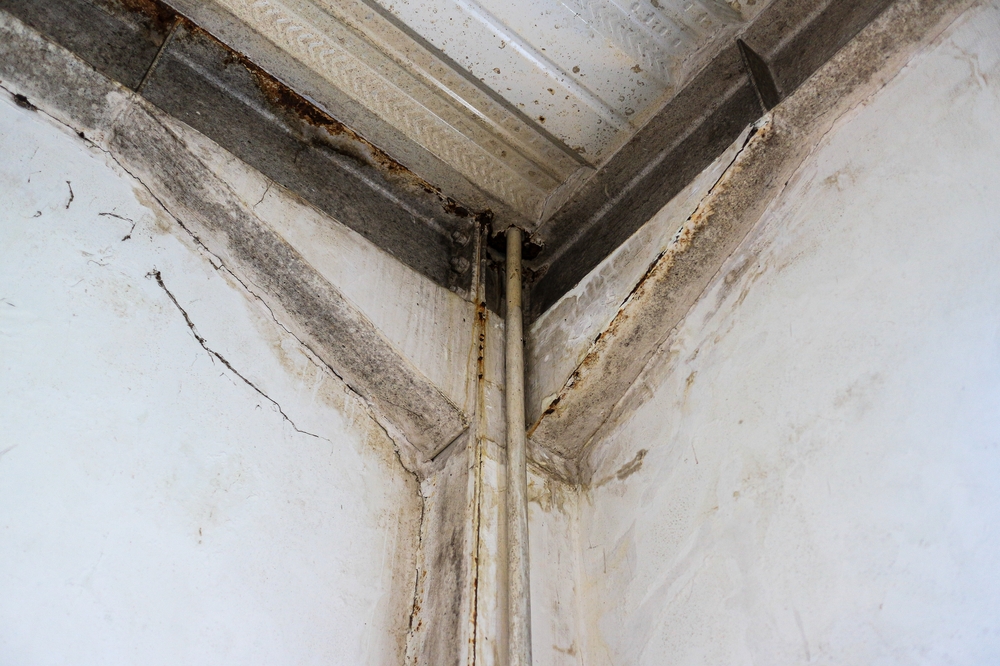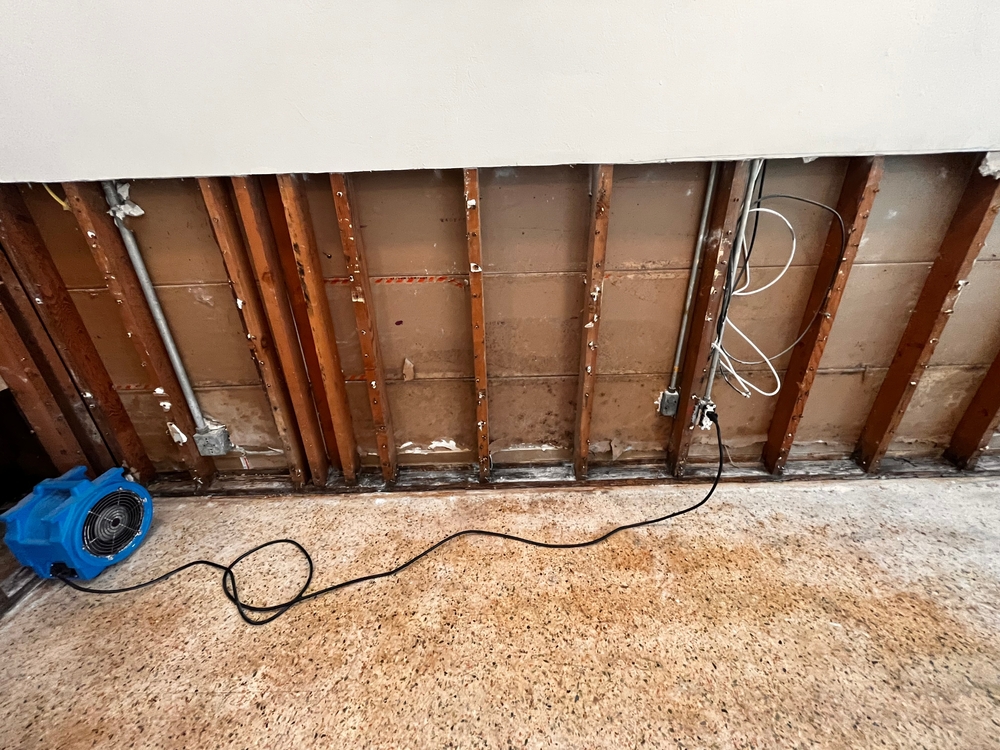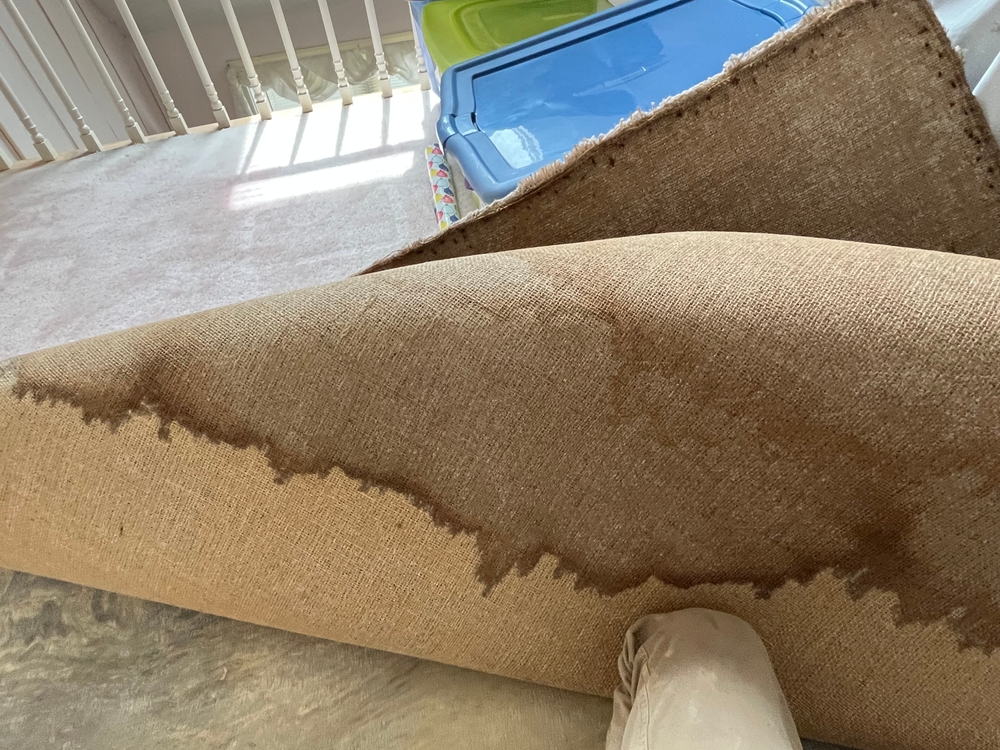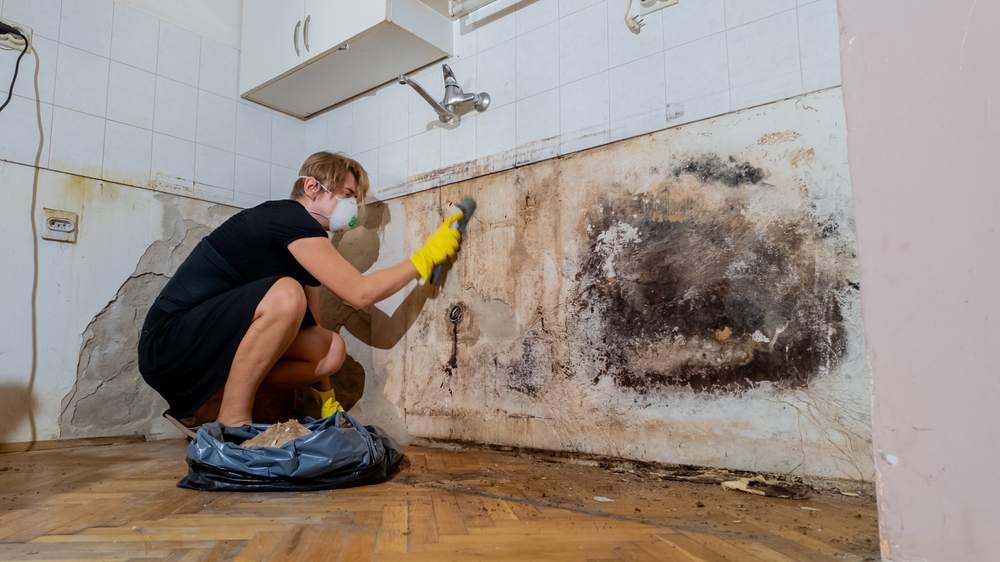A significant portion of your house is your attic. It supports the general construction, stores your stuff, and helps control the temperature. Still, it is also a site where hidden water damage might take place. Early water damage discovery in your attic is absolutely vital to avoid possible health risks, mold development, and expensive repairs. This blog post will go over typical sources of water damage in attics, discuss the warning signals to watch for, and offer doable advice for looking over your attic. Let us get going so you may keep your house dry and safe.
The general state of your house depends on a good attic. It not only guards the top sections of your house but also greatly influences energy economy. Attics are sadly prone to hidden water damage, which, if left untreated can cause structural problems, mold development, and poor indoor air quality.
Usually starting slowly, water damage in the attic could go unseen for months. Even a modest leak or moisture accumulation over time can affect the integrity of your roof, insulation, and other important parts. Thus, early discovery and quick correction are essential to avoid major issues and later costly repairs.

Common Causes of Water Damage in Attics
Knowing the main causes of water damage in your attic will enable you to guard your house pro-actively. The most often occurring offenders are these:
1. Roofing Issues
Leaky Roofs:
A leaky roof is among the most often occurring causes of water damage in an attic. Leaks can result from cracked flashing, damaged or absent shingles, and incorrect installation. Water that comes in via the roof might leak down into the attic and ruin wooden constructions and insulation.
Poor Ventilation:
Your attic requires correct ventilation to control moisture and temperature. Inadequate ventilation allows moisture to accumulate and results in condensation on the underside of the roof. This moisture can compromise the roof deck over time and cause rot and water stains.
2. Plumbing Leaks
Hidden Pipe Leaks:
Sometimes attics contain plumbing pipes running through or close by the area. Until major water damage has happened, a slow leak in these pipes may go unreported. Dripping or leaking water can compromise the insulation and wooden beams, so promoting the growth of mold.
3. Condensation
Inadequate Insulation and Ventilation:
Condensation forms when warm, moist air meets a cold surface. In an attic, this often happens on poorly insulated or unventilated surfaces. The moisture from condensation can accumulate and cause damage to the wood, insulation, and even lead to mold formation.
4. Ice Dams
Formation of Ice Dams:
In cold climes, ice dams can grow on your roof. Ice dams arise when melting snow refreezes at the roof’s edge, creating a barrier. This barrier stops water from draining correctly and causes it to back up under the tiles. As a result, water can seep into the attic, producing discoloration and structural damage.
Signs of Water Damage in Your Attic
Early diagnosis of water damage in your attic can save you time, money, and stress. Here are some significant signs to watch out for:
1. Visual Signs
- Visible Water Stains: Look for dark or discolored areas on the attic ceiling, walls, or insulation. Water stains are generally one of the first symptoms of a leak. These stains may appear as brown, yellow, or dark spots, and they frequently expand over time if the source of the leak is not repaired.
- Mold and Mildew Growth: Mold or mildew in your attic is a major warning sign. Mold can appear as black, green, or white patches on surfaces, insulation, or wood. Its presence not only shows water damage but also offers health dangers, especially for persons with allergies or respiratory disorders.
- Sagging or Discolored Ceilings and Roof: Should you find that portions of your attic ceiling or roof seem droopy or discoloured, this may indicate that water has compromised the structural supports. If water damage is not quickly remedied, it might cause wood to decay and lose strength, which would aggravate structural problems.
2. Other Signs
- Musty Odor: Clear indication of moisture issues in your attic is a distinct musty or mildew-like smell. Though the damage is not immediately obvious, mold and humidity are common causes of this stench.
- Damp or Wet Insulation: Check your insulation for moisture indicators—damp or wet. One red alert that water is invading your attic is wet or clumped insulation. Damp insulation decreases its efficiency, hence your house is less energy-efficient and more prone to additional damage.
- Rusting Metal Components: Look at metal components including vents, ducts, and fasteners. Rust on these objects could be evidence of some past water presence. Rust not only compromises these parts but can also cause adjacent materials to deteriorate more.

Inspecting Your Attic
The best approach to find water damage early on in your attic is routine inspection. These are some doable guidelines for doing a thorough attic check:
1. Safety First
- Wear Proper Attire:
Enter your attic wearing long sleeves, gloves, and a mask should you suspect mold or dust. This guards against possibly allergic reactions and irritants. - Use a Flashlight:
Attics can be difficult to negotiate and gloomy. Clear vision in every corner depends on a bright flashlight or headlamp. You might have to check numerous places, thus think about bringing extra batteries. - Mind the Space:
Watch low-clearance spots or uneven flooring. Before moving forward, be sure your path is clear and steady.
2. Access Points
- Safe Access:
Make sure your attic access point—perhaps a pull-down ladder or attic door—is safe and simple to operate. Should the access point be dangerous, think about getting it fixed before your inspection. - Organize Your Tools:
Arrange your tools—a notepad, pen, and camera—so you may record any discoveries. This will assist you to recall issues requiring professional care or more research.
3. Conducting a Thorough Inspection
Use these guidelines to find water damage in your attic:
- Start at the Entry Point:
Start your check close to the attic access door at the entry point. Look about the door for any evidence of water stains or moisture. - Examine the Roof Deck:
Look down to the underfloor of the roof deck. Search for discoloration, water stains, or evidence of mold using your flashlight. Focus especially on places close to the eaves where ice dams are more likely to develop. - Check the Insulation:
Examine the insulation carefully as you gently tour the attic. Look for clumped or moist insulation; this could point to a condensation or leak problem. - Inspect Wood and Structural Elements:
Inspect structural elements including timber beams, rafters, and other materials. Look for any decay, discolouration, or sagging. - Look for Rust and Corrosion:
Look for rust and corrosion on any metal component—fasteners, vents, or ducts. On these parts, rust or corrosion can indicate extended moisture exposure. - Note Unusual Odors:
Watch for any musty or damp scents as you work through the attic. Often the first hint of concealed moisture problems are these smells.
Following this detailed advice will help you identify early water damage and make decisions about whether more action is required.

What to Do if You Suspect Water Damage
Finding water damage in your attic could be alarming, but quick response will assist to reduce the effects. Should you suspect water damage, this is what to do:
1. Document the Damage
- Take Photos and Videos:
Photographs and videos will help you to record the places you see mold, water stains, or other damage indicators. When talking with a specialist or submitting an insurance claim, detailed images can be quite helpful. - Write Detailed Notes:
Record what you discover, including the degree and location of the damage in thorough notes. Professionals may be better able to grasp the issue by means of this material.
2. Contact a Professional
- Consult Experts:
See a roofing contractor, plumber, or water damage restoration specialist if you believe there might be major water damage. Professionals can find the cause of the issue by doing a more exhaustive inspection. - Schedule an Assessment:
Professional assessments can guide the following actions and assist to ascertain the degree of harm. To stop more damage, they can also provide repair and remedial advice.
3. Prevent Further Damage
- Cover Damaged Areas:
To stop more water penetration, cover any damaged sections temporarily using tarps or plastic sheeting. This is especially crucial should rain or snowfall be anticipated. - Address the Source:
Try to pinpoint and stop the water source while you wait for expert assistance. This can entail shutting off a leaking pipe or fixing a minor roof leak.
Acting fast can help to cut long-term repair costs and aid to lower the chance of more harm.
Conclusion
If not handled early on, water damage in your attic is a major problem that could cause health dangers and expensive repairs. The salient features to recall are:
- Regular Inspections are Key:
Key is regular inspections; the general state of your house depends on a clean attic. Frequent inspections help find water damage before it becomes a serious concern. - Know the Common Causes:
Frequent offenders are roofing problems, plumbing leaks, condensation, and ice dams. Knowing them will enable you to act pro-actively to stop damage. - Look for Clear Signs:
Look for clear signs include water stains, mold development, sagging buildings, musty smells, moist insulation, rusty metal parts. - Act Quickly:
Act fast if you see any indicators of water damage; record the problem and call expert for water damage restoration to have a comprehensive evaluation. While you seek professional aid, temporary steps can help stop more damage.
Regular house maintenance should include attic inspections. Don’t overlook any indications of water damage; if necessary, arrange a visit and speak with experts. By being alert and proactive, protect your house, your investment, and your health.
Philadelphia Restoration Services
https://www.google.com/maps?cid=3399342399556699153
+1 267 668 0013
https://philadelphiarestorationservices.com/


